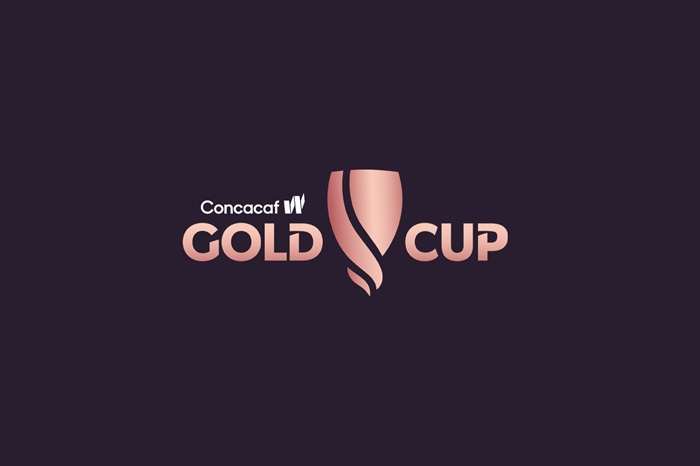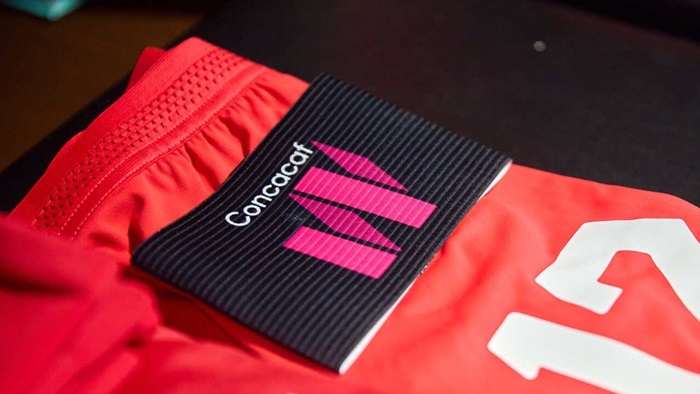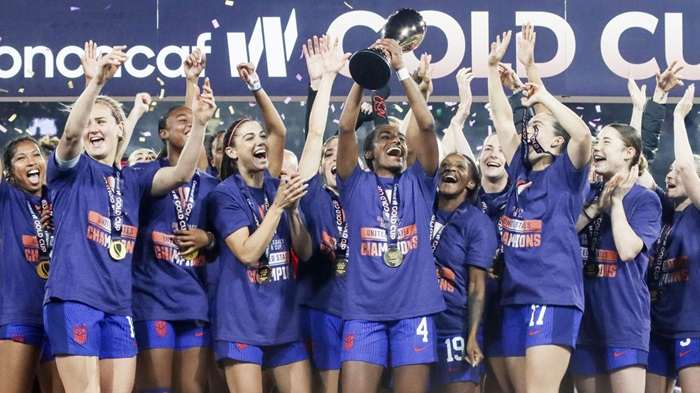The CONCACAF W Gold Cup is one of the most exciting and prestigious tournaments in women’s football, providing a platform for the top national teams from North America, Central America, and the Caribbean to compete at the highest level. The tournament, organized by the Confederation of North, Central America, and Caribbean Association Football (CONCACAF), has grown in stature, serving as a pathway to global competitions like the FIFA Women’s World Cup and the Olympics.
This guide explores the history, format, and significance of the CONCACAF W Gold Cup, along with the key teams and players to watch. Whether you’re a football fan or new to the sport, this comprehensive article will give you everything you need to know about the tournament.
The Evolution of the CONCACAF W Gold Cup

Origins and Early History
The CONCACAF W Gold Cup originated as part of CONCACAF’s efforts to promote women’s football in the region. In the early years, women’s football was not as well-supported as the men’s game, but the determination of players, coaches, and supporters eventually led to the establishment of a formal tournament.
The tournament’s inaugural edition, held in 1991, was known as the CONCACAF Women’s Championship. It was a modest affair but laid the groundwork for what would later become a major international competition. Since then, the event has been rebranded multiple times, with the most recent iteration being the CONCACAF W Gold Cup.
The Growth of Women’s Football in CONCACAF
The growth of the CONCACAF W Gold Cup mirrors the rise of women’s football globally. The increasing professionalism in leagues across the region, especially in North America, helped elevate the quality of the tournament. As more countries began investing in their women’s programs, the level of competition increased dramatically.
Notably, the United States and Canada have dominated the competition historically, with the U.S. winning most of the titles. However, recent years have seen other nations close the gap, making for more competitive and unpredictable tournaments.
Format of the CONCACAF W Gold Cup
Qualification Process
Before the tournament begins, teams must qualify through various regional competitions. These include tournaments specific to Central America and the Caribbean, as well as a play-in system for lower-ranked teams. The qualification rounds are intense, with teams vying for a limited number of spots in the final tournament.
Typically, the strongest teams like the U.S., Canada, and Mexico qualify automatically or are given byes through certain stages of the qualification process, while emerging nations battle it out in earlier rounds.
Group Stage
Once the teams qualify, the tournament proper kicks off with the group stage. Teams are divided into groups, and each team plays the others in its group. The top teams from each group advance to the knockout stages. The group stage matches are often thrilling, as lesser-known teams aim to upset the giants of the region.
The number of groups and teams can vary from tournament to tournament, but the competition usually includes between 8 and 12 teams.
Knockout Rounds
After the group stage, the tournament moves into the knockout rounds, which include the quarterfinals, semifinals, and the final. These matches are often closely contested, as the stakes are higher. Teams must win to advance, and the tension on the field can be palpable.
Key Teams in the CONCACAF W Gold Cup
United States
The United States Women’s National Team (USWNT) is arguably the most successful team in the history of the CONCACAF W Gold Cup. With multiple World Cup and Olympic titles to their name, they are the powerhouse of the region. The U.S. has consistently performed at the highest level in every edition of the tournament, winning the majority of the titles.
Their roster is filled with world-class talent, including players like Alex Morgan, Megan Rapinoe, and Crystal Dunn. Known for their high-pressing style, tactical discipline, and depth, the U.S. is always the team to beat.
Canada
Canada’s women’s team is another dominant force in CONCACAF. While they have often found themselves in the shadow of the U.S., they have carved out their own legacy, especially with their gold medal at the Tokyo 2020 Olympics. Players like Christine Sinclair, the all-time leading international goal scorer, and rising stars like Jordyn Huitema, make Canada a formidable opponent.
Canada’s style of play is characterized by physicality, strong defending, and quick counterattacks. They are a team that can grind out results and perform under pressure.
Mexico
Mexico has been making steady progress in women’s football, with their performances in the CONCACAF W Gold Cup improving over the years. They are seen as the dark horses of the tournament, capable of upsetting the more established teams.
Mexico’s women’s league, Liga MX Femenil, has been a game-changer for the national team, providing a professional platform for young talent to develop. Players like Kiana Palacios and Stephany Mayor bring flair and creativity to the team, making Mexico a team to watch in future tournaments.
Emerging Teams: Jamaica, Costa Rica, and Haiti
In recent editions, teams like Jamaica, Costa Rica, and Haiti have shown that they can compete at a high level. Jamaica’s Reggae Girlz made headlines when they qualified for the FIFA Women’s World Cup, thanks to players like Khadija “Bunny” Shaw. Costa Rica has also fielded competitive teams, with strong performances in regional competitions.
Haiti, known for its raw talent and passionate fans, is another nation on the rise. With a growing pool of talented players in both the domestic leagues and abroad, Haiti is poised to be a force in future tournaments.
Star Players to Watch in the CONCACAF W Gold Cup

Alex Morgan (United States)
Alex Morgan is a global icon in women’s football. Known for her speed, finishing ability, and leadership on the field, she has been a key player for the U.S. for over a decade. Morgan’s presence in the CONCACAF W Gold Cup has often been the difference between victory and defeat for the U.S.
Christine Sinclair (Canada)
Christine Sinclair is a living legend in the world of football. With more than 300 international appearances and over 180 goals, Sinclair is Canada’s talisman. Even in the later stages of her career, she remains one of the most feared forwards in the game.
Khadija “Bunny” Shaw (Jamaica)
Jamaica’s Khadija Shaw is a rising star in global football. Her power, pace, and goal-scoring ability have made her one of the most dangerous strikers in CONCACAF. Shaw’s performances in the CONCACAF W Gold Cup have already helped elevate Jamaica to new heights.
Kiana Palacios (Mexico)
Mexico’s Kiana Palacios is a versatile attacker who has been key to her team’s success in recent years. She has the ability to play across the front line, making her a dangerous player in the CONCACAF W Gold Cup. Palacios’ technical ability and creativity will be crucial as Mexico looks to challenge the region’s elite.
The Importance of the CONCACAF W Gold Cup
Pathway to Global Competitions
The CONCACAF W Gold Cup is more than just a regional tournament; it is a gateway to global competitions like the FIFA Women’s World Cup and the Olympic Games. The top teams in the Gold Cup often secure qualification for these prestigious events, making the stakes even higher.
For smaller nations, the Gold Cup offers a chance to gain international exposure and experience. Competing against top teams like the U.S. and Canada provides valuable learning opportunities for emerging teams.
Promoting Women’s Football
The tournament plays a critical role in promoting women’s football in the CONCACAF region. As the visibility of the women’s game continues to grow, the CONCACAF W Gold Cup helps inspire young girls to pursue football and showcases the talent in the region.
Increasing Investment in the Women’s Game
As the CONCACAF W Gold Cup grows in popularity, it attracts more investment from sponsors, broadcasters, and football federations. This investment is crucial for the development of the women’s game, as it helps improve infrastructure, coaching, and player development.
Memorable Moments in CONCACAF W Gold Cup History

The United States’ Dominance in 1991
The U.S. women’s team set the tone for their future dominance by winning the inaugural edition of the CONCACAF Women’s Championship (now the Gold Cup) in 1991. Led by stars like Mia Hamm, the U.S. team’s victory marked the beginning of their reign in women’s football.
Canada’s Breakthrough in 1998
Canada’s victory in the 1998 CONCACAF Women’s Championship was a landmark moment for the team. This triumph helped establish them as one of the premier teams in the region, setting the stage for their future successes on the international stage.
Jamaica’s Historic World Cup Qualification in 2018
Jamaica’s Reggae Girlz made history by qualifying for the 2019 FIFA Women’s World Cup, becoming the first Caribbean nation to do so. Their journey to World Cup qualification began with a strong performance in the 2018 CONCACAF W Gold Cup, where they defied the odds and inspired a new generation of footballers.
Related Post:
Big Brother Reindeer Games: A Winter Wonderland of Competition
2 Player Games Unblocked: The Ultimate Guide to Fun and Friendly Competition
OVO Cool Math Games: A Complete Guide to Mastering the Game
The CONCACAF W Gold Cup is a thrilling tournament that highlights the growth and development of women’s football in the region. With a rich history, competitive matches, and the chance for teams to make their mark on the global stage, the Gold Cup is a celebration of the talent and determination of women footballers in CONCACAF. As the tournament continues to grow, so too will its importance in shaping the future of women’s football.


